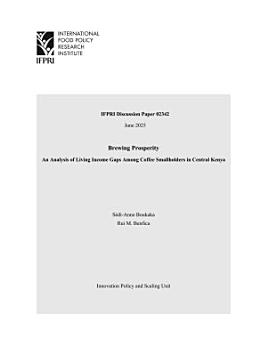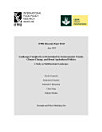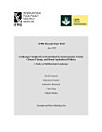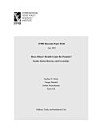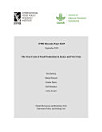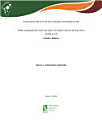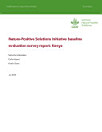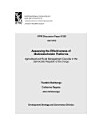Brewing prosperity: An analysis of living income gaps among coffee smallholders in central Kenya
Boukaka, Sedi Anne · Benfica, Rui
IFPRI Discussion Papers Book 2342 · Intl Food Policy Res Inst
Ebook
34
Pages
family_home
Eligible
info
reportRatings and reviews aren’t verified Learn More
About this ebook
This study investigates the living income gap among coffee smallholders in central Kenya. It uses detailed survey data collected from coffee farmers organized in cooperatives and from coffee farm workers in Nyeri and Murang’a counties. Our analysis finds that coffee smallholders earn an average of only 109 KSh per day, just 35 percent of the 312 KSh living income benchmark, with the gap being particularly severe in Murang’a and among those with smaller landholdings. Sensitivity analyses show that enhancing prices paid to farmers and improving yields can partially reduce the income shortfall. For instance, doubling both parameters, especially when coupled with a 50 percent increase in farmers’ non-coffee income, lowers the incidence of households below the benchmark from more than 90 percent to about 67 percent. Yet, even under these relatively optimal conditions, the persistence of a significant gap underscores deep structural constraints in the local economy. Policy recommendations therefore call for a multidimensional approach that improves production efficiency, improves and stabilizes prices, promotes income diversification, and strengthens institutional support.
Rate this ebook
Tell us what you think.
Reading information
Smartphones and tablets
Install the Google Play Books app for Android and iPad/iPhone. It syncs automatically with your account and allows you to read online or offline wherever you are.
Laptops and computers
You can listen to audiobooks purchased on Google Play using your computer's web browser.
eReaders and other devices
To read on e-ink devices like Kobo eReaders, you'll need to download a file and transfer it to your device. Follow the detailed Help Center instructions to transfer the files to supported eReaders.
